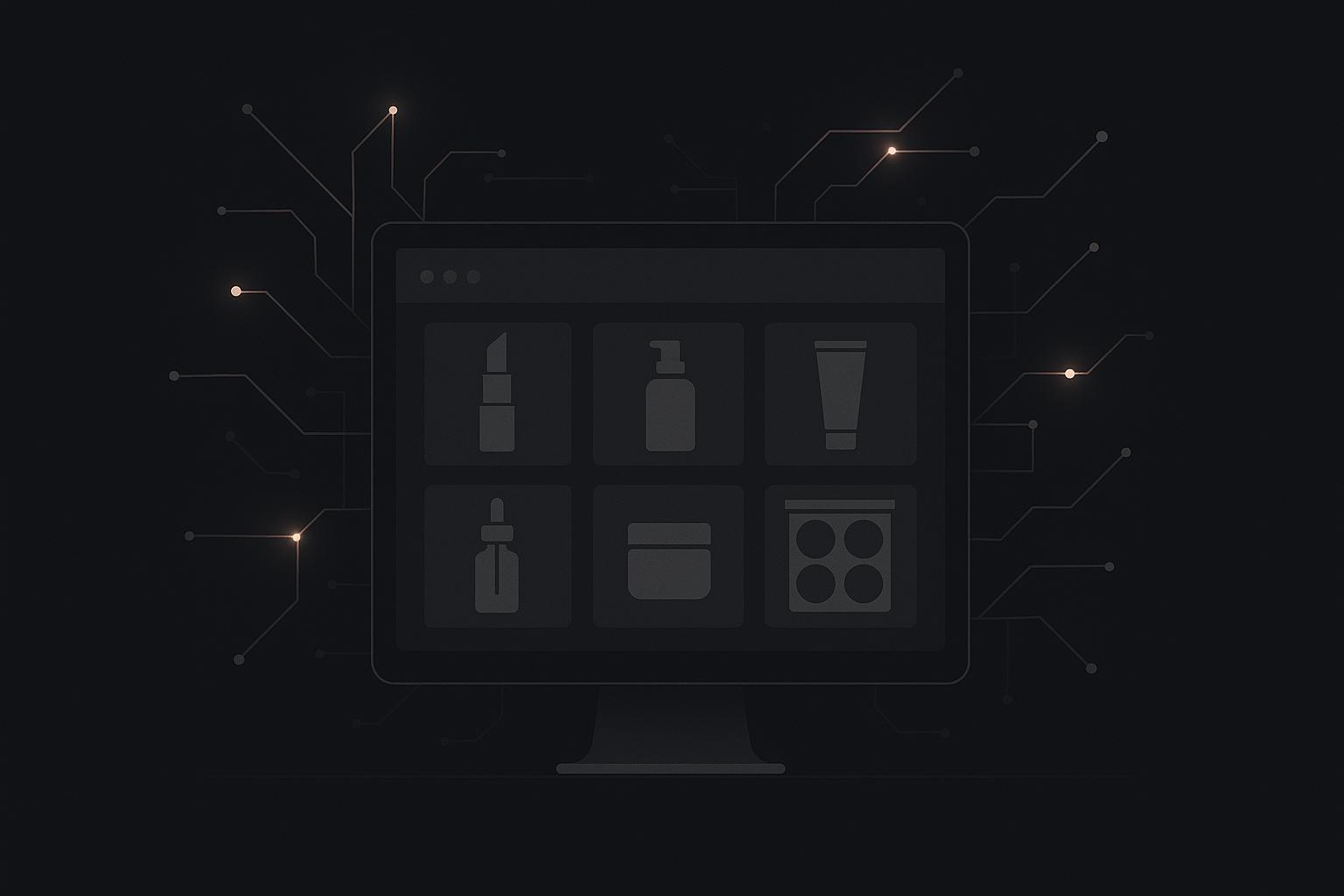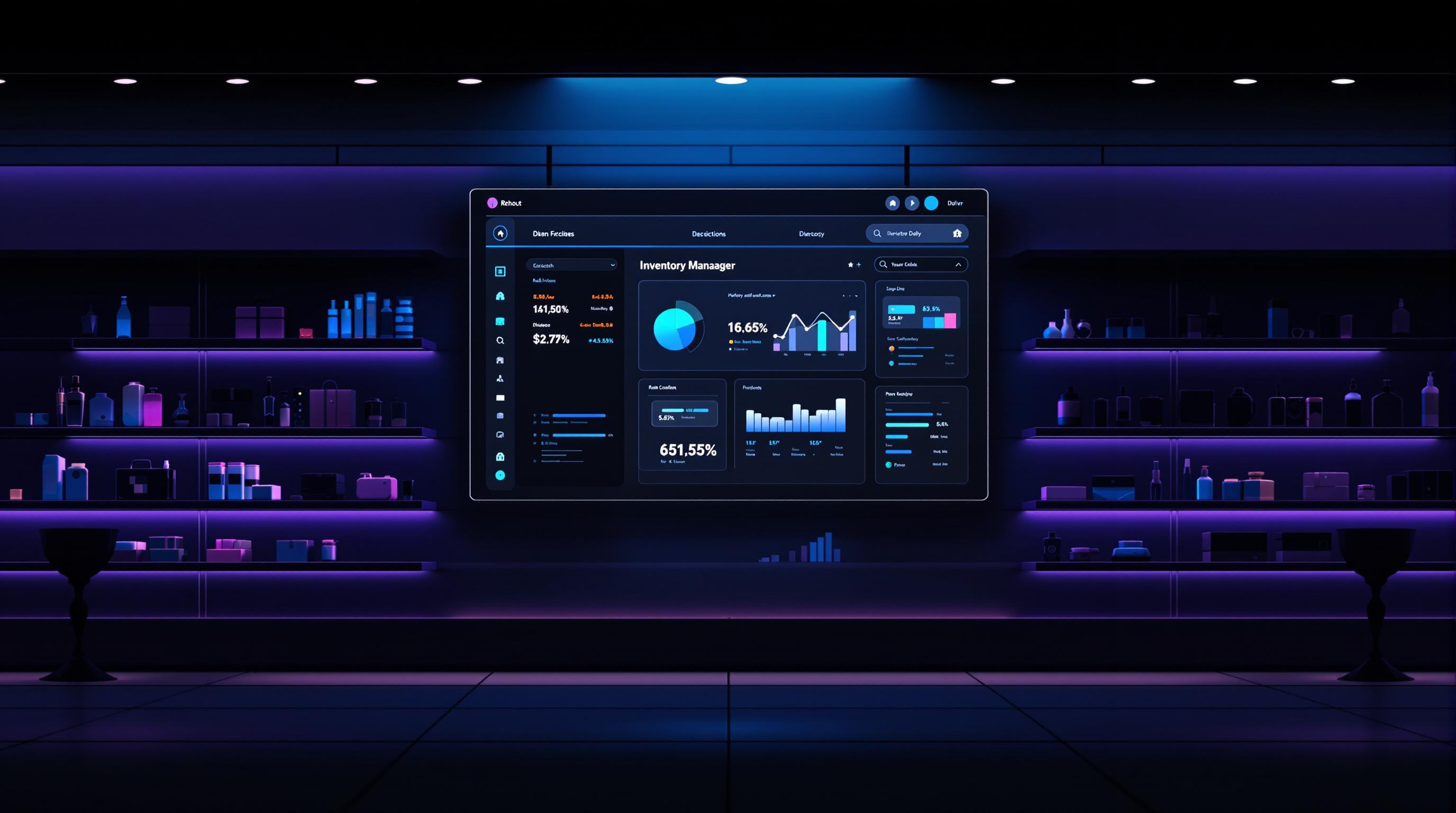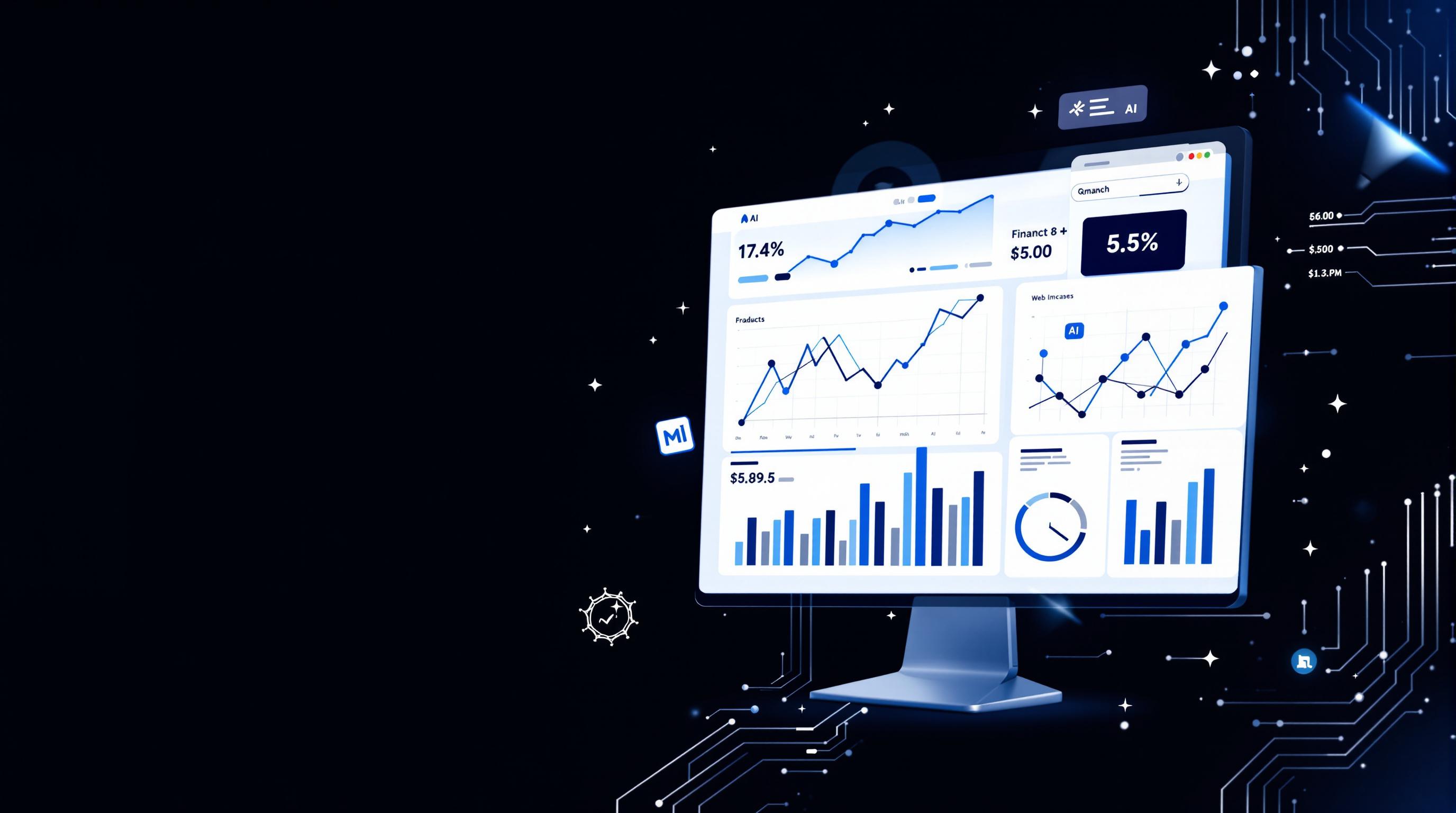Want to automate workflows and make data integration seamless? Here's how webhooks, APIs, and web scraping can work together to streamline your processes:
- Webhooks: Automatically send real-time updates when an event occurs (e.g., scraping job completion).
- APIs: Enable secure two-way communication for pulling, sending, or modifying data.
- Web Scraping: Extract data from websites and feed it into your tools for analysis or action.
Why Integrate Scraped Data?
- Real-Time Updates: Stay updated with market changes.
- Error Reduction: Minimize manual data entry mistakes.
- Scalability: Handle large datasets easily.
- Cost Savings: Automate processes to save time and money.
Common Use Cases
- Price monitoring, market intelligence, inventory updates, customer sentiment analysis, and compliance tracking.
Key Tools & Tips
- Use scraping tools with features like JSON output, proxy management, and CAPTCHA bypass.
- Secure webhook endpoints with encryption and validate request signatures.
- Format data for APIs (e.g., JSON) and manage API rate limits effectively.
Quick Comparison:
| Tool | Purpose | Example |
|---|---|---|
| Webhooks | Real-time updates | Send scraped data instantly to endpoints |
| APIs | Data control & integration | Transfer data to third-party tools |
| Web Scraping | Data collection | Extract data from websites |
This guide simplifies data integration, ensuring your workflows are efficient and secure.
Web Scraping Setup Guide
Choosing the Right Scraping Tool
Pick a scraping tool that fits your specific data needs and integrates smoothly with your systems. Today's tools come with various features to handle different tasks effectively.
| Feature | Purpose | How It Helps Integration |
|---|---|---|
| Custom Output | Outputs data in JSON | Simplifies API or webhook use |
| JavaScript | Handles dynamic content | Ensures all data is captured |
| Proxy Management | Keeps access consistent | Avoids disruptions while scraping |
| CAPTCHA Bypass | Handles challenges | Reduces failed attempts |
| API Integration | Enables direct data flow | Eases automation processes |
Example: InstantAPI.ai stands out with its AI-driven scraping and a success rate of over 99.99%. At just $0.005 per page and unlimited concurrency, it’s a great option for businesses that need reliable, scalable data collection.
Scraping Best Practices
Once you’ve chosen a tool, stick to these guidelines to ensure your scraping process is efficient and compliant.
1. Technical Setup
- Use residential proxies to maintain steady access.
- Rotate proxies and set delays between requests.
- Format extracted data to be API-compatible.
- Include error-handling protocols for smoother operation.
2. Legal Considerations
- Check the target site’s robots.txt file for rules.
- Follow rate limits to avoid overloading servers.
- Only collect the data you truly need.
- Respect intellectual property and ownership rights.
By following these steps, you’ll set up a solid and ethical scraping process.
Configuring Data Extraction
Proper setup ensures your tool outputs clean, structured data ready for integration.
"After trying other options, we were won over by the simplicity of InstantAPI.ai's Web Scraping API. It's fast, easy, and allows us to focus on what matters most - our core features."
Here’s how to get started:
- Identify the exact data points you need from your target sites.
- Set your output format to match your API or webhook requirements.
- Run tests on sample pages to verify accuracy.
- Add error-handling and retry logic to your setup.
- Validate data before sending it to ensure it meets your standards.
Modern AI-powered tools simplify the process by automating tasks like XPath configurations, saving time and ensuring consistent data output for your workflows.
Webhook Implementation
How Webhooks Work
Webhooks let you send scraped data directly to third-party tools as soon as a scraping task is finished. They work by sending an HTTP request, along with a JSON payload, to a specified endpoint.
| Webhook Component | Function | Example |
|---|---|---|
| Trigger Event | Starts the webhook process | Scraping job completion |
| Payload | Data sent in the request | JSON with scraped data |
| Endpoint | URL that receives the data | https://your-app.com/webhook |
| Response | Confirms data receipt | 200 OK status code |
Creating Webhook Endpoints
To set up a webhook endpoint:
- Always use HTTPS in production to protect sensitive data.
- Secure the endpoint with HMAC-SHA256 signatures to verify authenticity.
- Ensure your server responds within 10 seconds with a 2xx status code to confirm receipt.
"Webhooks are automated messages sent from apps when something happens. They have a message - or payload - and are sent to a unique URL - essentially the app's phone number or address."
Once your endpoints are secured, you can configure your scraping tool to trigger webhooks automatically.
Connecting Scrapers to Webhooks
Most scraping tools offer built-in webhook support, notifying your server immediately when a job is done.
Key security tips:
- Use randomized URLs to make endpoints harder to guess.
- Regularly rotate secret keys for added protection.
- Process webhook data asynchronously to avoid delays.
- Always validate request signatures before processing data.
- Continuously monitor webhook activity for unusual behavior.
"After trying other options, we were won over by the simplicity of InstantAPI.ai's Web Scraping API. It's fast, easy, and allows us to focus on what matters most - our core features."
For high-volume scenarios, consider using a message queue. This ensures reliable processing and prevents data loss if your system faces interruptions.
Using Webhooks for Web Scraping Data Integration
sbb-itb-f2fbbd7
API Integration Methods
Once webhooks are set up for real-time data delivery, the next step is using APIs to process and store the scraped data. This step ensures a smooth transition from data extraction to creating actionable insights.
Sending API Requests
To transfer data to third-party tools, you need to structure API requests correctly. These requests typically require JSON data and proper authentication headers:
| Request Component | Description | Example |
|---|---|---|
| Authentication | API key in header | Authorization: Bearer ak_1234... |
| Content-Type | Data format specification | Content-Type: application/json |
| Accept | Response format | Accept: application/json |
| Request Body | Scraped data payload | {"data": {...}} |
Data Formatting for APIs
Scraped data must be converted into JSON that APIs can process.
"There is no standard way for servers to communicate quotas so that clients can throttle its requests to prevent errors", notes Josh Twist.
Here are some key formatting tips:
- Clean data: Remove unnecessary HTML tags and clutter.
- Consistent naming: Stick to camelCase for property names.
- Correct data types: Ensure numbers are numbers, not strings.
- UTF-8 encoding: Properly handle special characters.
Once your data is properly formatted, you’ll need to manage API rate limits to ensure smooth integration.
Managing API Limits
Rate limits vary across platforms, so managing them is crucial for maintaining reliable data flow. Here's a quick breakdown of some common platforms:
| Platform | Rate Limit | Reset Method |
|---|---|---|
| GitHub | 60 requests/hour (unauthenticated) | Epoch timestamp reset |
| Discord | Variable by endpoint | Duration-based reset |
| OpenAI | Requests/minute based on tier | Time period reset |
To stay within these limits:
- Smart Retries: Use exponential backoff for retries. Start with a short delay (e.g., 1 second) and double it for each subsequent attempt.
- Batch Processing: Combine multiple data points into a single API call to reduce the total number of requests.
- Request Monitoring: Track API usage through response headers to avoid unexpected costs as your request volume grows.
For high-demand operations, use a caching layer to store frequently accessed data. This reduces the number of API calls, cutting costs and improving system reliability.
Integration Examples
Using webhooks and API integrations, these examples show how scraped data can be turned into actionable insights for various systems.
CRM Data Integration
Integrating tools like HubSpot and Salesforce showcases how scraped data can streamline sales processes. By mapping fields and automating workflows, you can create a seamless data flow.
| Integration Component | Implementation Method | Result |
|---|---|---|
| Lead Capture | Webhook endpoint in Salesforce | Real-time lead creation |
| Data Enrichment | HubSpot API calls | Improved contact profiles |
| Sync Frequency | Event-driven updates | Real-time synchronization |
To make the most of this setup, ensure all data flows are clearly defined, and fields are mapped correctly to improve CRM functionality.
Price Monitoring Systems
For price monitoring systems, keeping data fresh and accurate is key. These systems often combine scraped pricing information with inventory management through API connections:
- Use webhooks to handle immediate price updates.
- Validate data to ensure it aligns with current inventory.
- Automate price adjustments based on predefined triggers.
- Generate competitive analysis reports.
Incorporating advanced price-matching algorithms ensures accurate pricing across platforms and competitors.
Analytics Dashboard Updates
Real-time analytics dashboards rely on efficient data processing and visualization to deliver instant insights. Streaming data architectures are commonly used to achieve this.
| Dashboard Component | Update Method | Refresh Rate |
|---|---|---|
| Metrics Display | Push API | Real-time |
| Historical Data | Batch Processing | Periodic updates |
| Alert System | Webhook Triggers | Instant alerts |
For optimal performance, tools like Tinybird can handle data ingestion, while Tremor enhances visualization. Combining caching and streaming models (e.g., Power BI) helps balance real-time updates with system efficiency.
These examples highlight how automated data integration can improve decision-making and streamline operations.
Next Steps for Data Integration
By using the methods discussed earlier, you can unlock the full potential of integrating scraped data effectively.
Why Integration Matters
Connecting scraped data with webhooks and APIs can streamline your operations in a big way. Here's a quick comparison:
| Integration Method | Key Advantage | Ideal Use Case |
|---|---|---|
| Webhooks | Instant updates | Trigger-based notifications |
| APIs | Full data control | Managing complex data workflows |
These tools make implementation smoother and more efficient, setting the foundation for actionable steps.
How to Get Started
Here’s how you can begin integrating scraped data:
- Clearly define your goals and desired outcomes for the integration.
- Choose webhooks for real-time updates or APIs for more complex data tasks.
- Prioritize security by using authentication, encryption, and error handling with retry mechanisms.
- Keep your system running smoothly with detailed logging and performance monitoring.
Tools and Resources to Explore
Looking to dive deeper? Check out advanced platforms and real-world examples to guide your implementation.
- Airbyte: Offers over 550 pre-built connectors, cutting down development time. Their AI-assisted Connector Builder makes creating custom integrations faster and easier.
- Mailchimp's Email Verification API: Helped Spotify reduce its bounce rate from 12.3% to 2.1% in just two months, boosting deliverability by 34% and generating $2.3 million in revenue.
- Zapier: Perfect for no-code webhook setups, making integration easy for non-technical users.
- Core dna: Provides built-in integrations with enterprise systems like SAP, Salesforce, and Oracle for more tailored solutions.
These tools and examples show how integration can drive measurable results while simplifying complex workflows.


